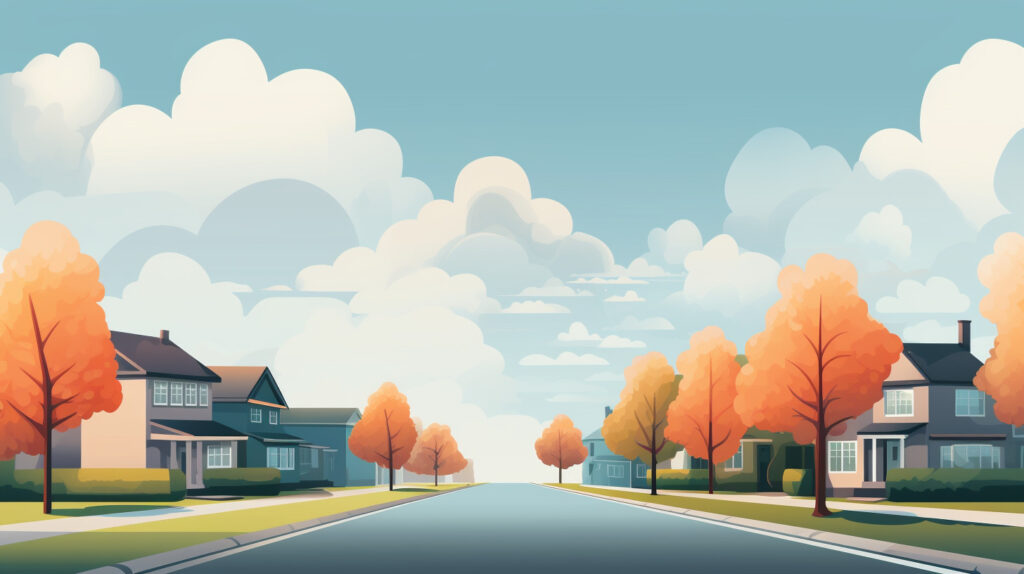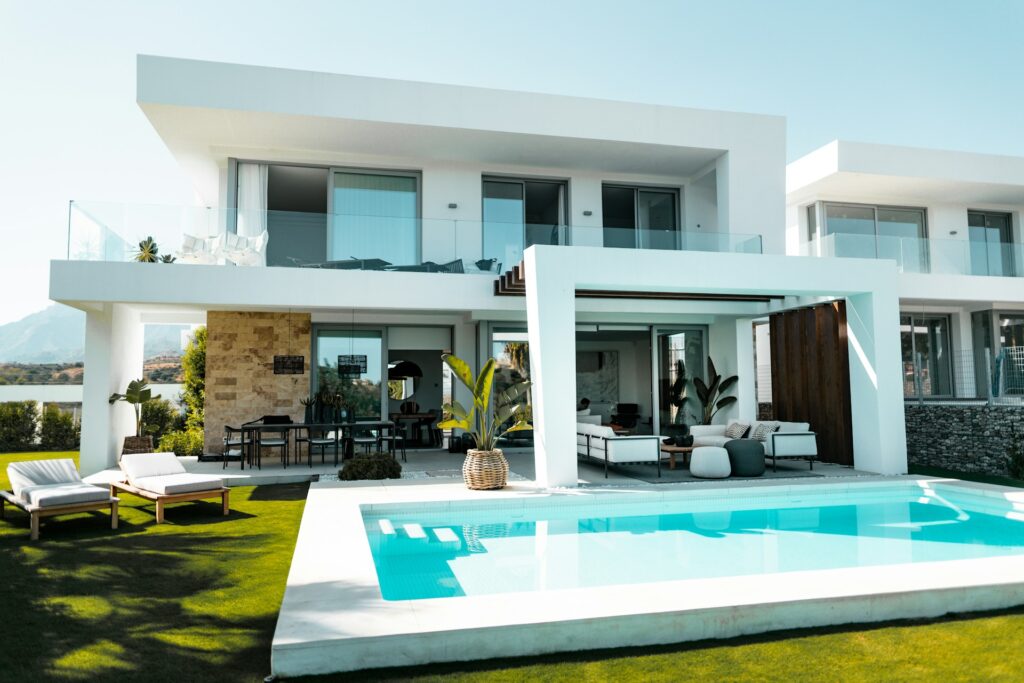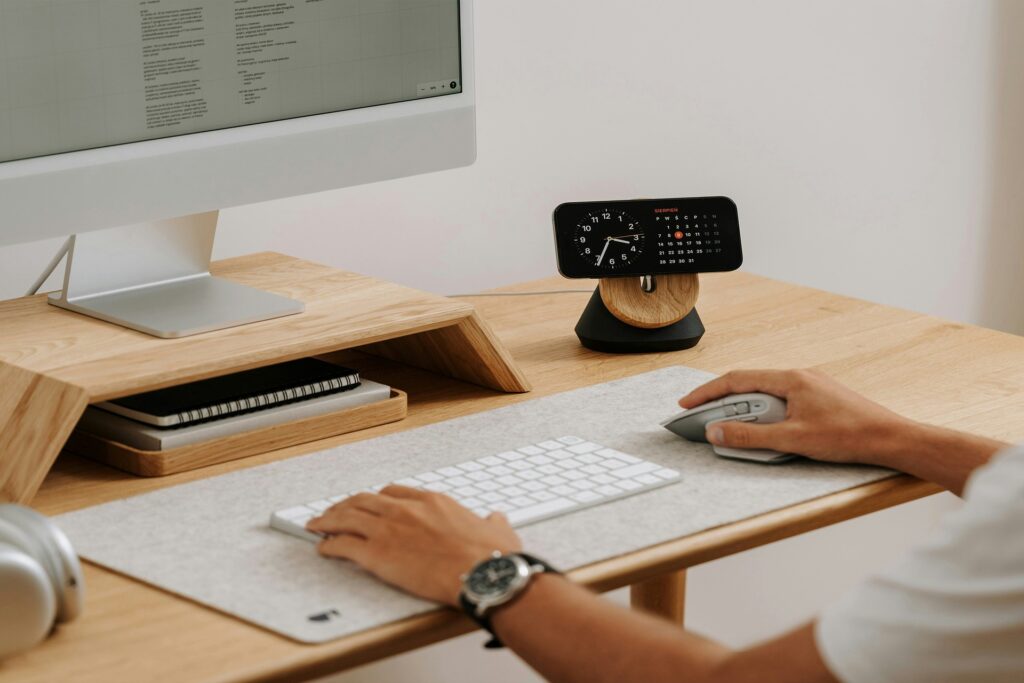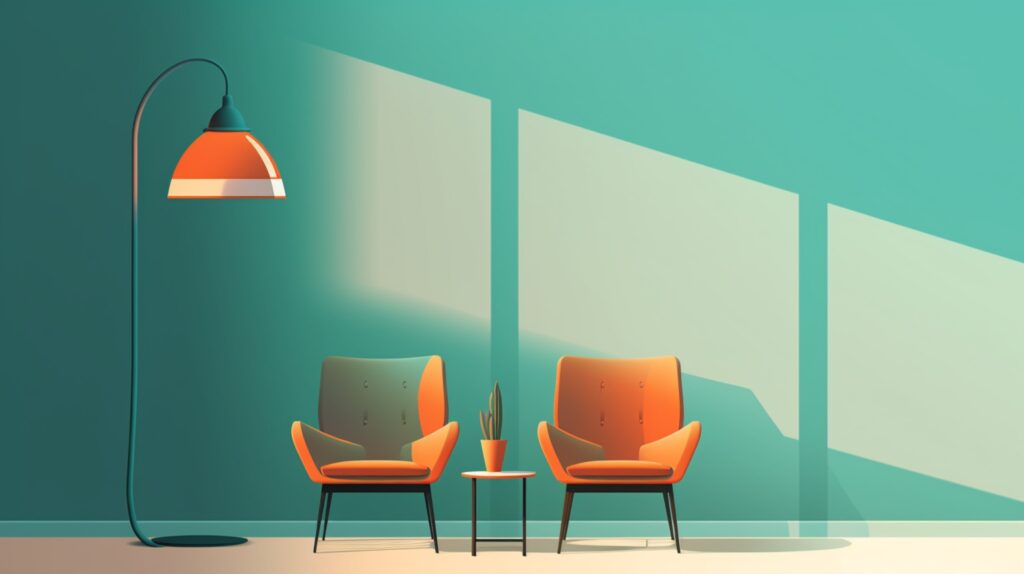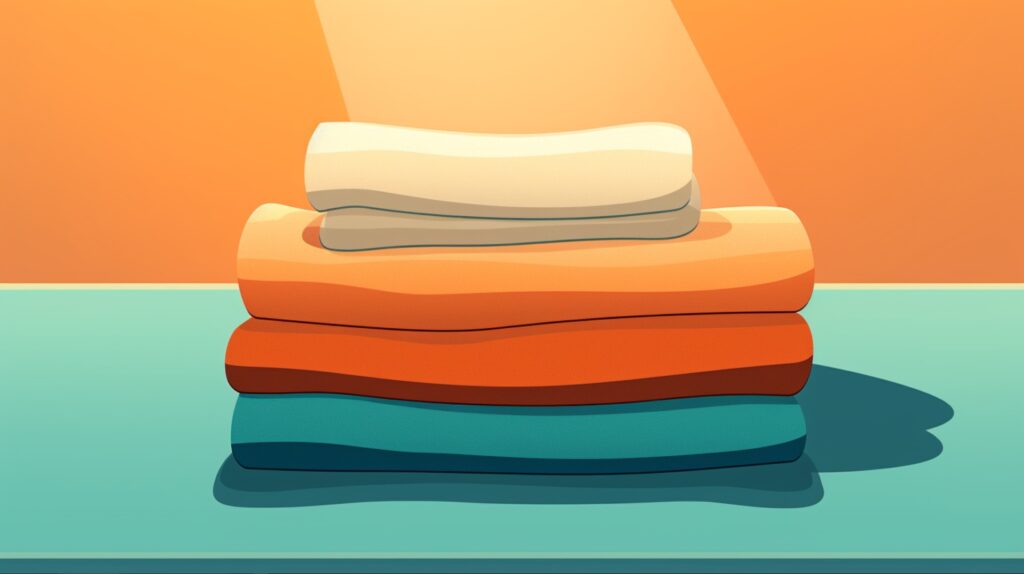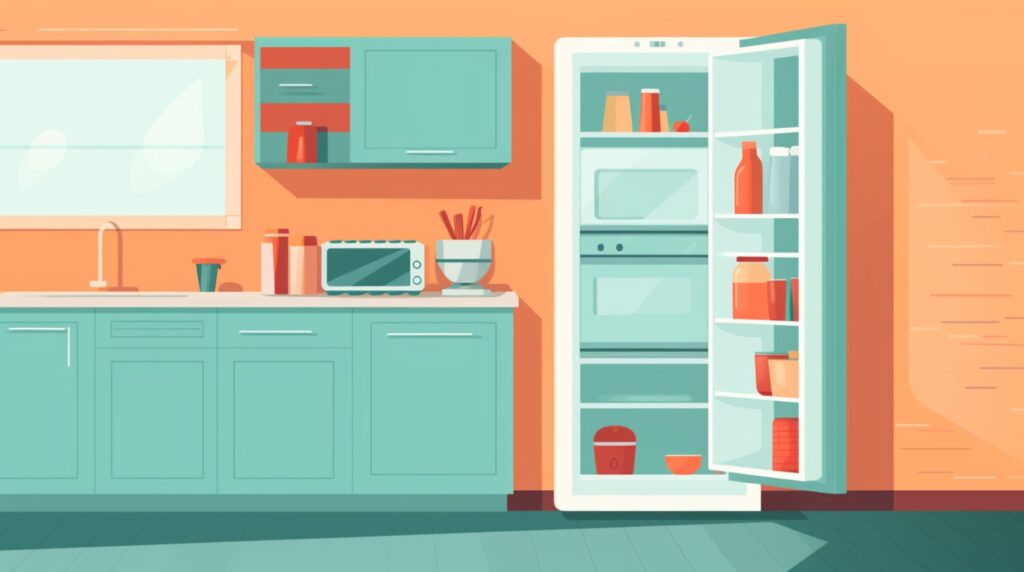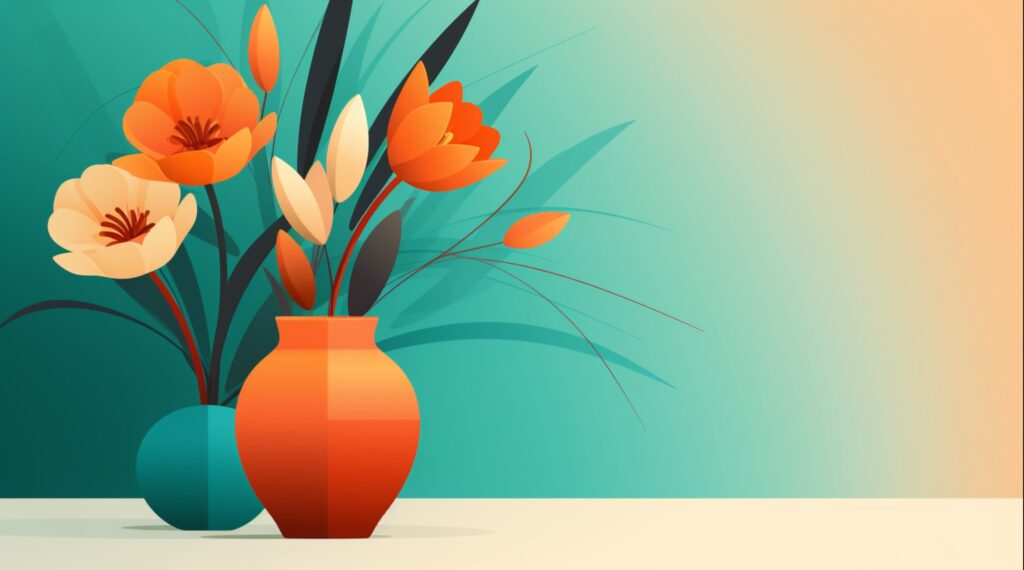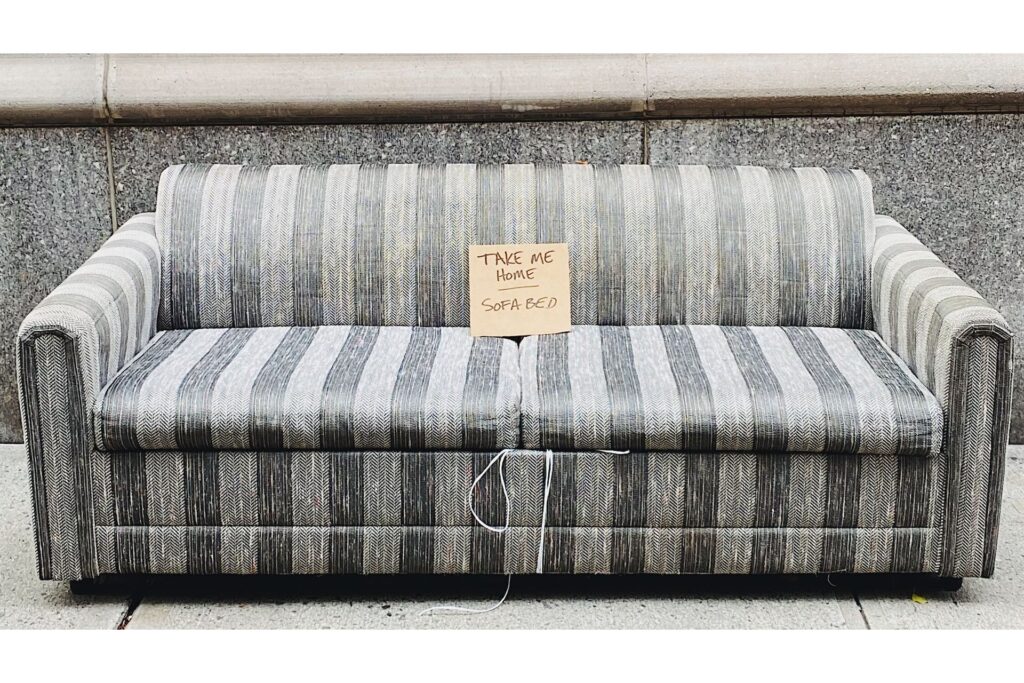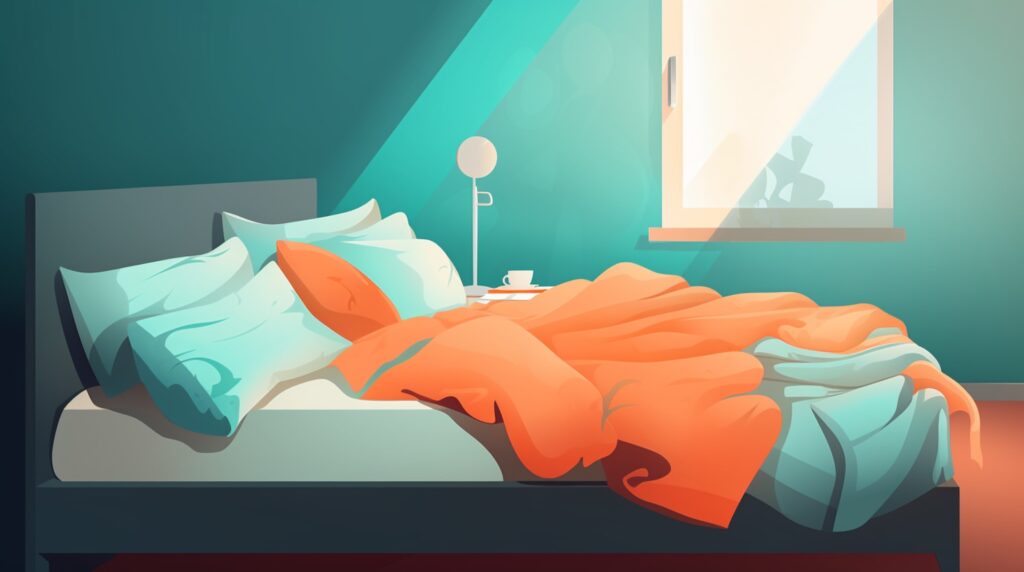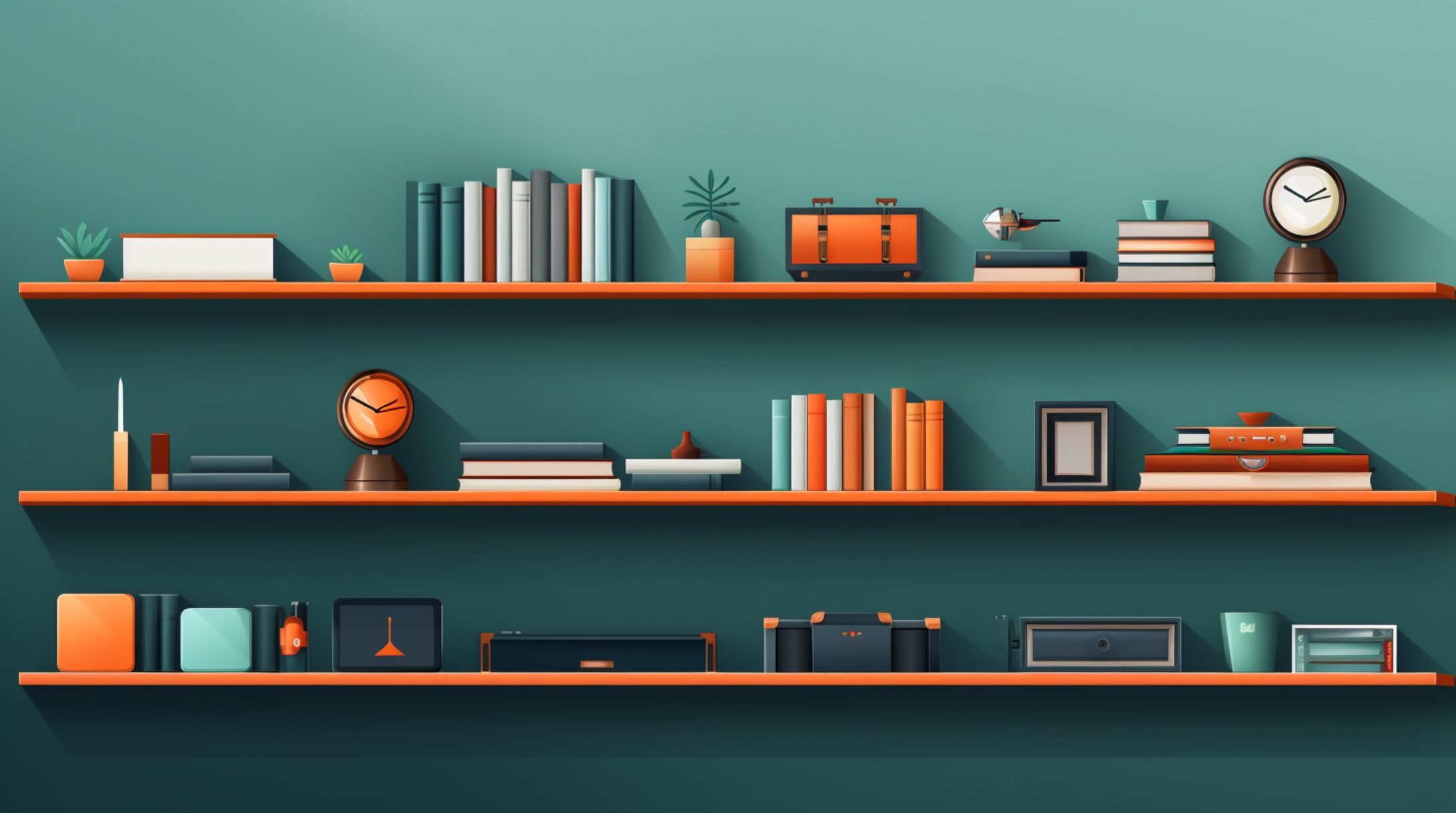
We are reader-supported. When you buy through links on our site, we may earn an affiliate commission.
Design enthusiasts will likely agree that styling shelves is challenging — not necessarily unfeasible, but more like trying to fit intricate puzzle pieces together. If you’ve never learned how to decorate shelves before, going in without a plan may cause you to throw in the towel and hire an expert to do the work for you.
However, taking it step by step will result in a museum-worthy exhibit of precious art and heirlooms — something you can be proud of for doing yourself. Don’t fret if you’re unsure where to start. These tips will help you style shelves in no time.
Accessories to Decorate Your Shelves With
The items you choose to decorate shelves can align with your overall design tastes or be more personal. Maybe you’ve inherited a beautiful vase from an older relative or want to showcase family photos and milestone events.
These are but a few of the many objects you can style your shelves with:
- Books — use antique bookends or a heavier object to hold your books upright. You could also fill the shelves with books all the way across.
- Candles and candle holders — just be careful not to light them in the shelf cutouts
- Framed prints and photographs or smaller canvas art
- Ceramics and glass items
- Vases, bowls and pots
- Woven baskets
- Antiques and novelty items
- Plants — a pothos thrives in low-light conditions and can withstand over and underwatering.
It is a good idea to lean into your decor style when choosing shelf items. For instance, maybe you’ll include a mermaid statue for a coastal home or a small silver mason jar or bottle carrier for the farmhouse style.
How to Organize Shelves in 6 Easy Steps
Selecting accessories to style your shelves is often more complicated than organizing them—nevertheless, some struggle to place items properly. These six simple steps can help you decorate beautiful shelves and bookcases.
1. Take Stock of What You Have
First, take stock of what you have if you want to learn how to decorate shelves without ending up with a sloppy mess. You may already have a pile of must-haves that you want to include — but is there anything you can remove or set aside as filler items?
Look on Pinterest for inspiration in styling your shelves. See what items other people have used and compare them to what you have. Is there a mix of old and contemporary objects, or do they lean in one direction entirely? You could look for new items to bring the design together.
2. Work From Top to Bottom
One rule of thumb for decorating shelves is to work from the top shelf to the bottom. Visually, you’ll have an easier time working out how certain pieces will come together.
Additionally, you can create better balance by positioning lighter objects on the top shelf and heavier ones at the bottom.
However you decide to approach the project, you’ll need to play around with the different items until it looks and feels exactly how you want it. Remember that you don’t have to use everything and can always swap accessories.
3. Consider Height and Shape Differences
Mixing different heights delivers contrast between items and improves the scale. For instance, you can pair a larger plant alongside stacked books or something rectangular with something circular.
Ultimately, the items on your shelves should look carefully curated as though they’re meant to be there rather than thrown together.
Candlesticks could be paired with horizontal family photos, while a canvas may serve as a backdrop to a small lamp. Again, avoid overstuffing your shelves with piles of stuff.
4. Stack Decorative Items
Smaller knick knacks could use a bit of height on your shelves, so you should consider stacking objects. Books laid horizontally are perfect for giving things a much-needed boost. Decorative boxes are also an excellent platform to display your treasures.
If you lack books or other flat items, risers can help you display your treasures correctly. Consider a wooden pedestal to lift a plant or statue. You can purchase multiple pedestals in a pack and play with the different sizes to achieve your desired look. Wooden pedestals tie in beautifully with farmhouse, coastal, boho and contemporary home designs.
5. Mix Vertical and Horizontal Photo Frames
Many people like to decorate shelves with photographs of family and friends. Perhaps you have a larger wedding portrait you want to showcase or your kids’ graduation photos. Using picture frames of varying orientations and sizes is conducive to personalizing your shelves.
Picture frames may also hold art prints that add color or enhance the design of your shelves. There are plenty of options online to buy themed framed prints ready to display, from abstract artwork to muted tones that add a sense of calm to any space.
6. Add Standalone Items
Indeed, you’ve heard the phrase “less is more.” This rule of thumb couldn’t be any more accurate than when it comes to styling shelves.
Upon first glance, a singular object on a shelf might not hold much power — yet, sometimes, all you need is one prominent accessory to drive your entire shelf design home.
A uniquely-shaped ceramic vase, a colorful piece of coral, a Buddha statue or a lamp could be all you need to fill a bookshelf compartment in the living room.
How to Know When You’ve Finished Organizing Your Shelves
A completed shelf design is subjective — only you can decide if you’ve achieved your desired style. There are a couple of helpful tricks if you’re unsure whether you’re done organizing your accessories.
You could allow your eye to determine the outcome. Stand back and center yourself in front of the shelves. Look for items that look unbalanced or aren’t centered. It could be that particular objects don’t work as well together, or you may need to add more.
Sometimes, taking a photo offers a different perspective regarding what must be added or removed. You tend to notice things through a camera lens that you don’t with the naked eye.
Of course, it also helps to step away from your shelves and return to your decorating project later. Giving yourself a break from styling pieces often refreshes your eyesight so that you notice more.
Learning to Decorate Shelves Is the Easy Part
Styling shelves and bookcases requires experimenting with object placements until things look right. Remember that there’s no rush in completing your shelves and you should take time your time working through your design choices.


